From Tasks to Outcomes: Reframing Productivity with Connected Tools

For a long time, companies used the number of tasks finished to measure productivity. Managers could see what was going on via checklists and to-do lists, but they didn’t necessarily show value. A team could finish a lot of little tasks without making any real progress toward corporate goals. Companies are heading toward a new model today: productivity as results. They don’t count actions; instead, they ask, “What did this work accomplish?” To make this change happen, systems need to do more than just track tasks on their own. Businesses can use project management tools to bring together communication, information, processes, and data into a single space that ensures that tasks lead to demonstrable results.
Lark Messenger: outcomes start with clear conversations
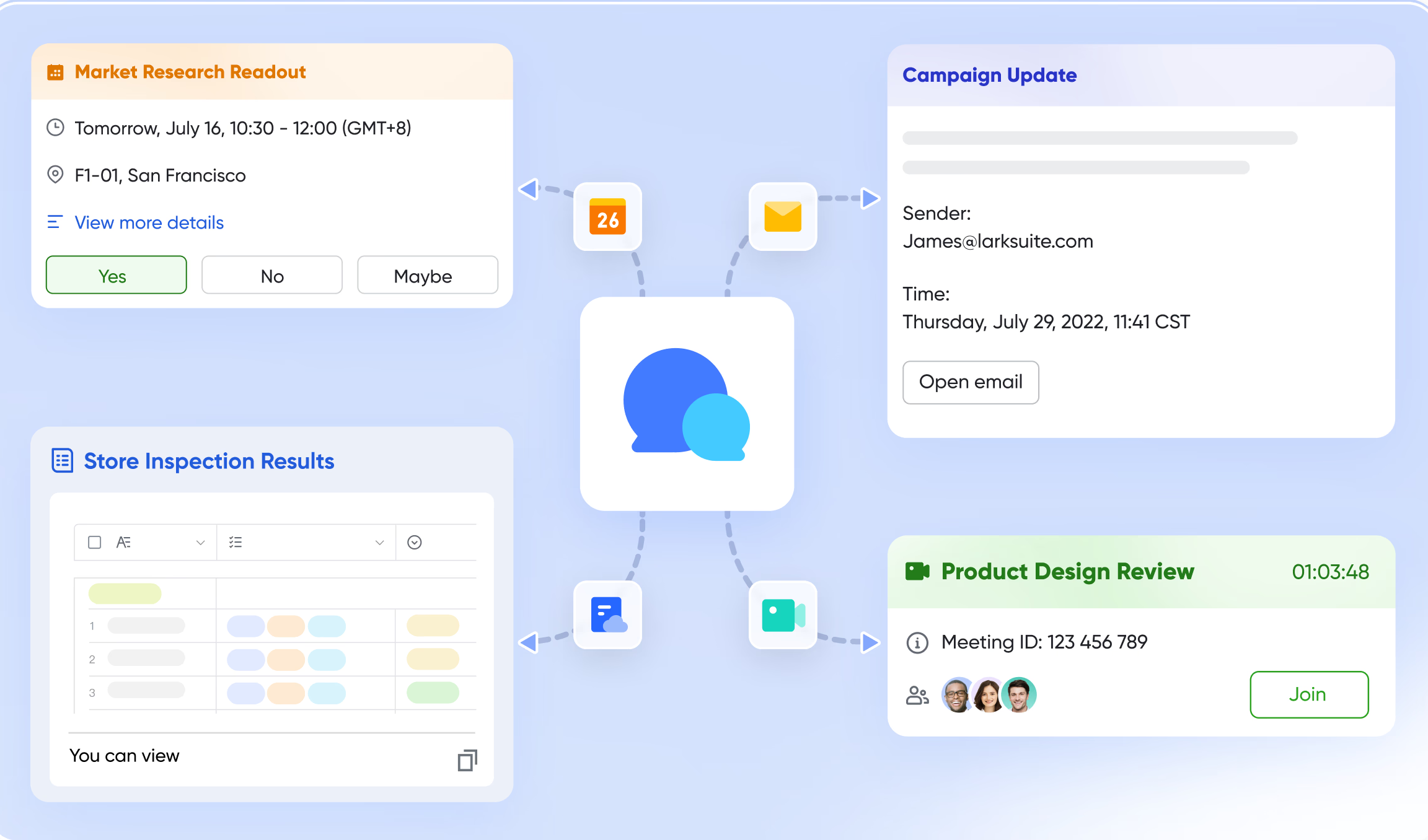
Communication is the first step toward alignment, and alignment is the first step toward any outcome. Lark Messenger makes it easy to stay on the same page by putting all of the conversations about a project in one place. Instead of getting updates from many chat applications and emails, teams make one place where all the information about decisions is stored. Pinned messages keep priorities clear, while threaded answers show the context.
Imagine a team of people working on a product, adding a new feature. Instead of delivering separate updates, they talk about needs, design decisions, and user feedback directly via Messenger. Messenger makes sure that every communication adds to the wider picture by putting them into structured threads. This is a feature that meets client needs. The result isn’t just talk; it’s advancement that goes straight to action.
Lark Calendar: aligning time with priorities
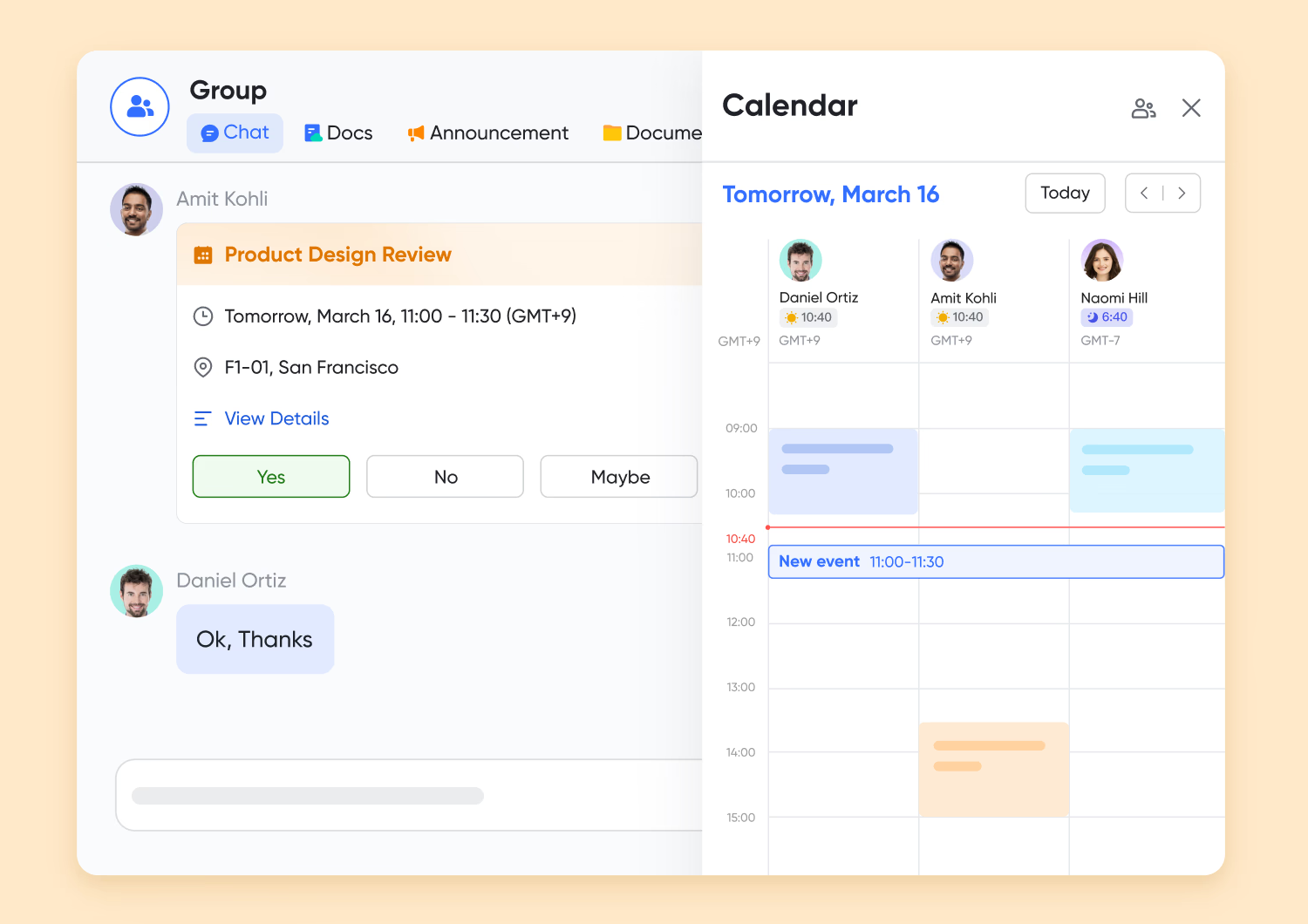 One of the most important resources for getting things done is time. If you can’t see deadlines and commitments, projects go behind and results get worse. Lark Calendar changes the way we think about productivity by making sure that time is spent on the things that matter most. Automatic time zone changes make it easier to work together around the world, and the feature to check others’ availability makes it easier to identify meeting times.
One of the most important resources for getting things done is time. If you can’t see deadlines and commitments, projects go behind and results get worse. Lark Calendar changes the way we think about productivity by making sure that time is spent on the things that matter most. Automatic time zone changes make it easier to work together around the world, and the feature to check others’ availability makes it easier to identify meeting times.
For instance, a growing SaaS company makes plans for when to deliver a new product. Calendar shows when engineering deadlines, marketing campaign launches, and sales training sessions are due. Not only do teams see their own schedules, but they also understand how they fit into bigger goals. Calendar makes sure that the organisation stays on the same page and doesn’t waste time by linking time directly to results.
Lark Wiki: knowledge that empowers outcomes
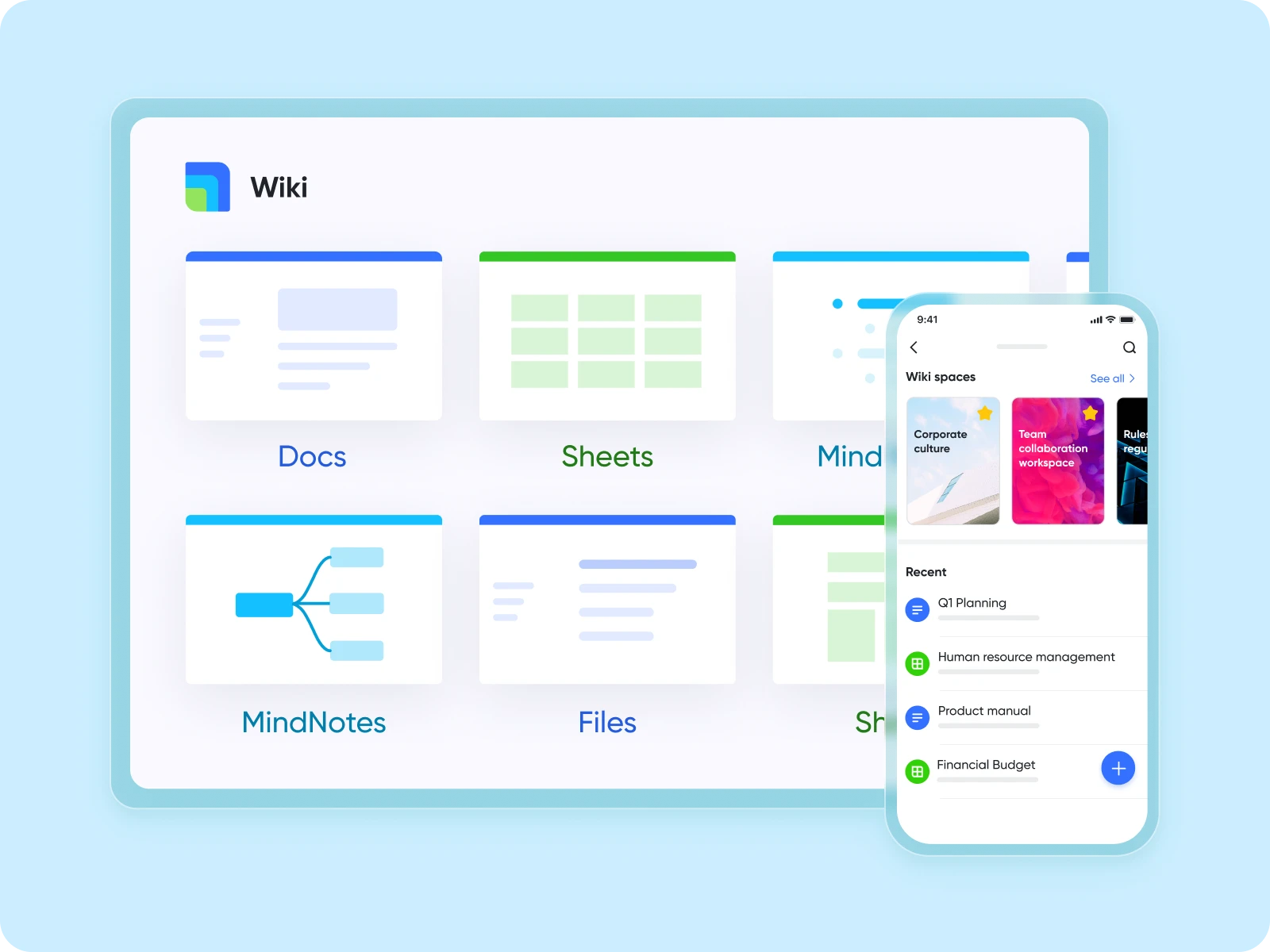
Not knowing anything is one of the major things that stops you from turning chores into results. Employees spend hours looking for answers, redoing work, or depending on files that aren’t complete. Lark Wiki fixes this by putting all of an organisation’s knowledge in one place that can be searched. Anyone can see policies, best practices, and lessons learned that are stored there.
For example, a law practice that is hiring new associates. The company doesn’t send documents by email or rely on shadowing. Instead, it makes a Wiki with case protocols, research templates, and libraries of past cases. Associates can quickly discover the information they need, which gives them more time to focus on getting outcomes for clients. The quality of the results produced faster, not the time spent looking for them, is what counts as productivity.
Lark Approval: processes that accelerate impact
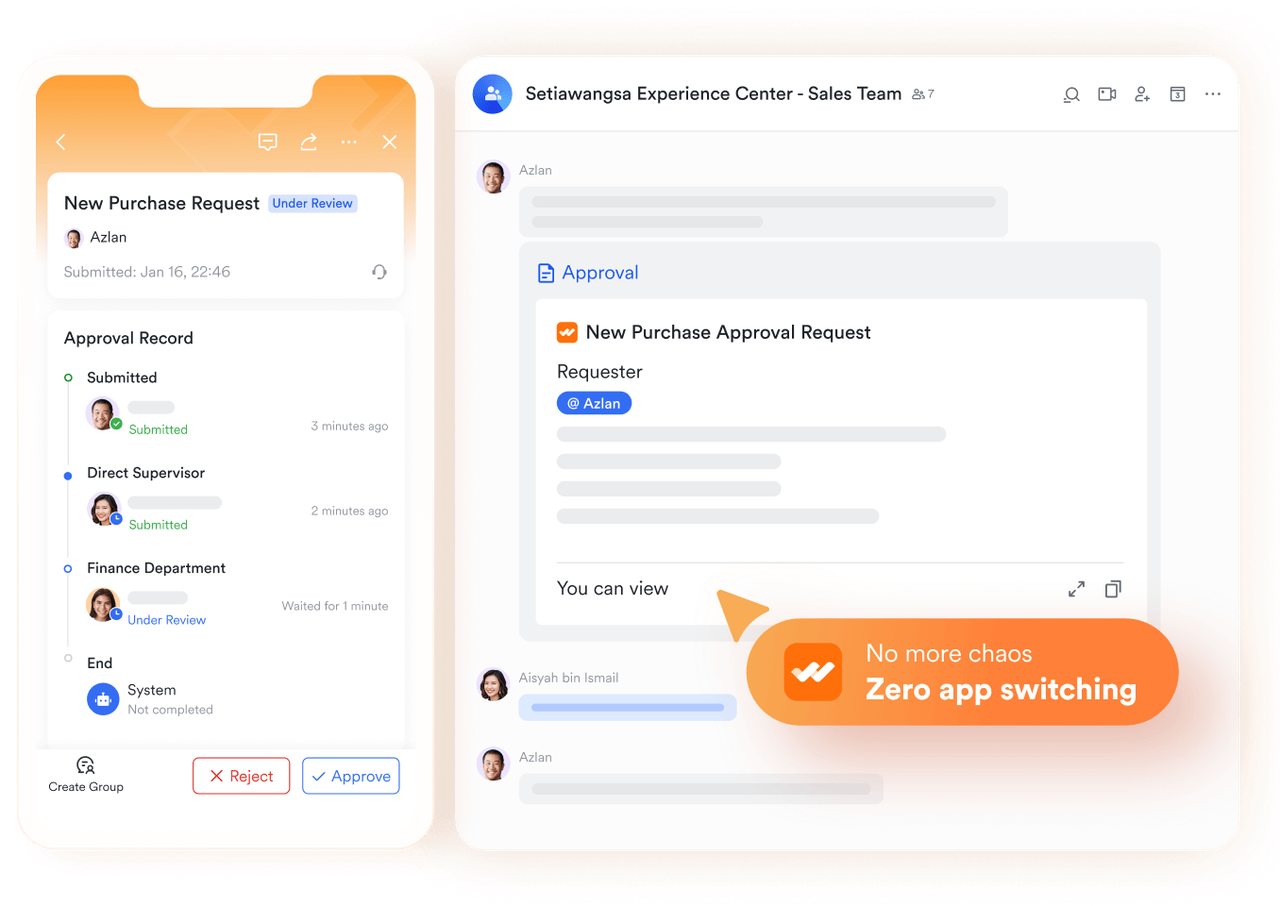
To get from tasks to results, you need procedures that don’t stop. Approvals can cause expensive delays, but Lark Approval makes them easier. Requests are sent electronically, sent to the right people, and tracked in a clear way. Employees may monitor how their request is doing, and managers get reminders to keep things moving.
Automated workflow makes the system even more powerful. Think about a store chain changing the way its stores are set up based on what customers say. When a design is approved, Messenger sends automatic messages, Approval requests people involved for action, and once everything is done, it confirms that it is done. Instead of slowing down execution, approvals speed up the process of turning ideas into results, making sure that changes get to shops promptly and reliably.
Lark Meetings: decisions that translate into delivery
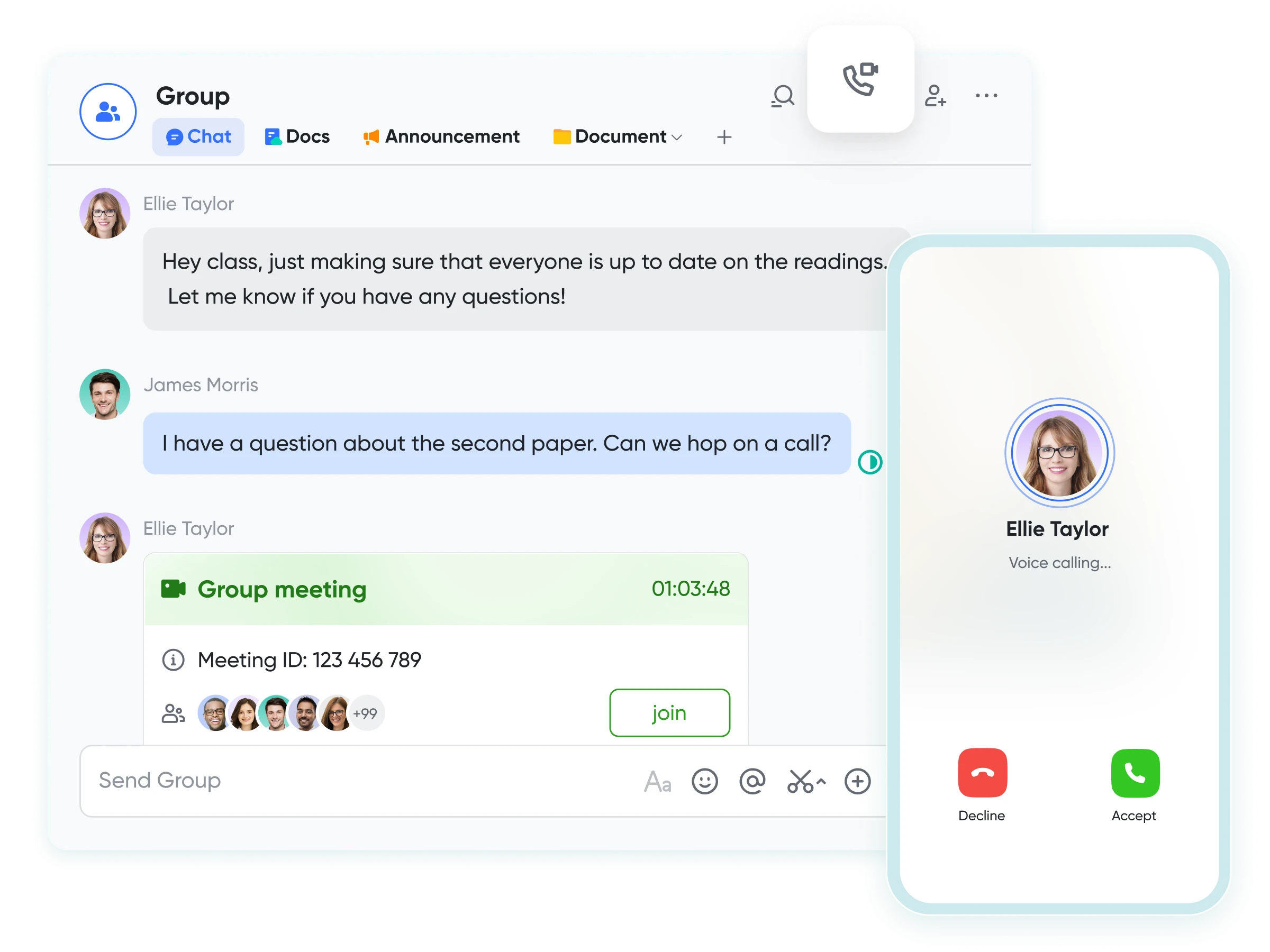
People often say that meetings waste time, but the true problem is meetings that don’t lead to results. Lark Meetings changes this by making conversations a part of the larger workflow. Before the meeting, everyone gets a copy of the agenda, so they know what to expect. During the session, notes are taken in Docs, and actions that need to be taken right away are assigned. People who couldn’t make it can listen to recordings and read transcripts, so they don’t have to rely on their memories.
Think about what a logistics company would do if there were problems with the supply chain. During a strategy meeting, teams talk about other options, write down the plan, and give each other tasks to complete next. Everyone knows what they need to do now that they aren’t going with ambiguous thoughts. Outcomes are not left to chance; they are recorded and carried out.
Lark Sheets: outcomes backed by data
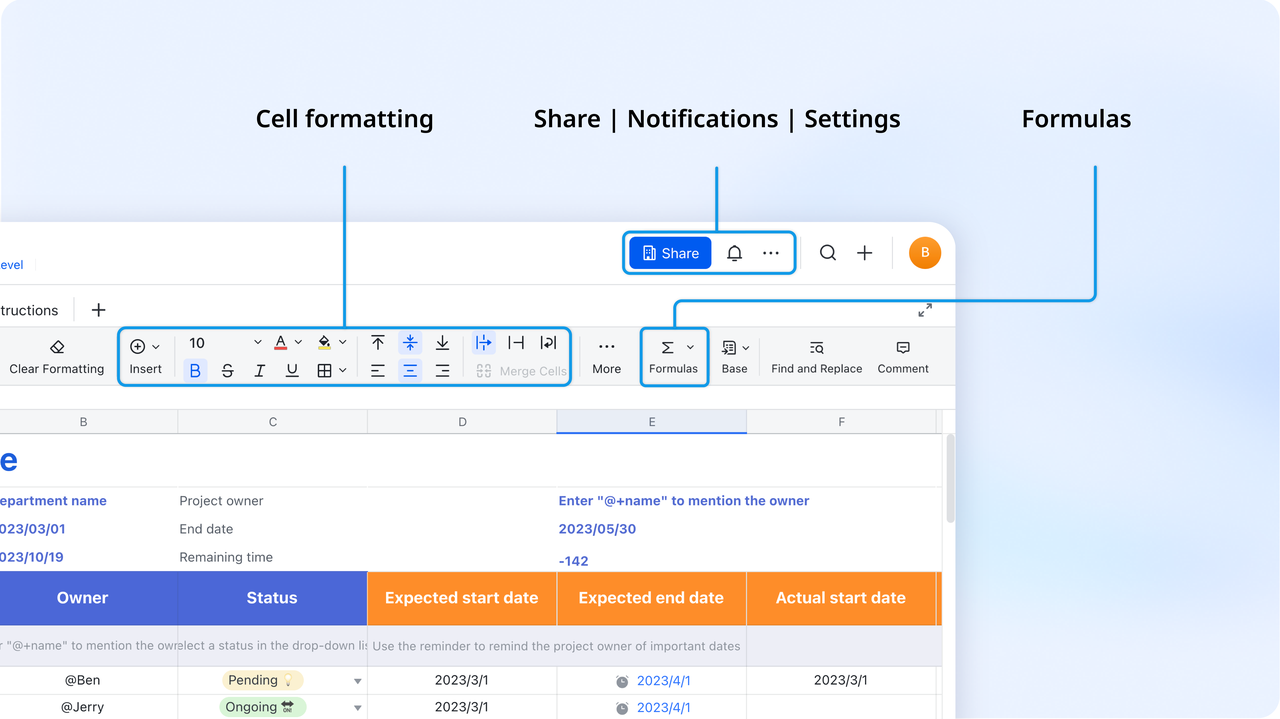
To be truly productive, you need proof of results, which implies data. Lark Sheets gives you real-time access to metrics that tell you if your projects are working. Teams work together on live spreadsheets, adding data at the same time, and use data to show trends. Leaders don’t have to wait for reports at the end of the month to see progress every day and change plans as needed.
Take a healthcare provider who keeps track of how happy patients are when a new process is put in place. Surveys go into Sheets, showing changes in wait times, and managers may see patterns right away. The organization doesn’t keep a record of what actions have been done; instead, it looks at the results, which are better experiences for patients.
Conclusion
To go from tasks to outcomes, you need more than new metrics; you need systems that are linked together to make sure that every effort leads to results. That’s where Lark shines. More than just project management software, Lark provides practical features and solutions in one platform: Messenger keeps conversations on track, Calendar links time to priorities, Wiki gives staff knowledge, Approval keeps procedures moving, Meetings turn talks into delivery, and Sheets uses data to check results.
Companies not only do more when they focus on results instead of productivity, but they also get more done. Companies that use linked platforms don’t just check boxes; they focus on what really matters: giving value. In a market that moves quickly, the victors won’t be the ones who do the most work; they’ll be the ones who always get results from their work.




